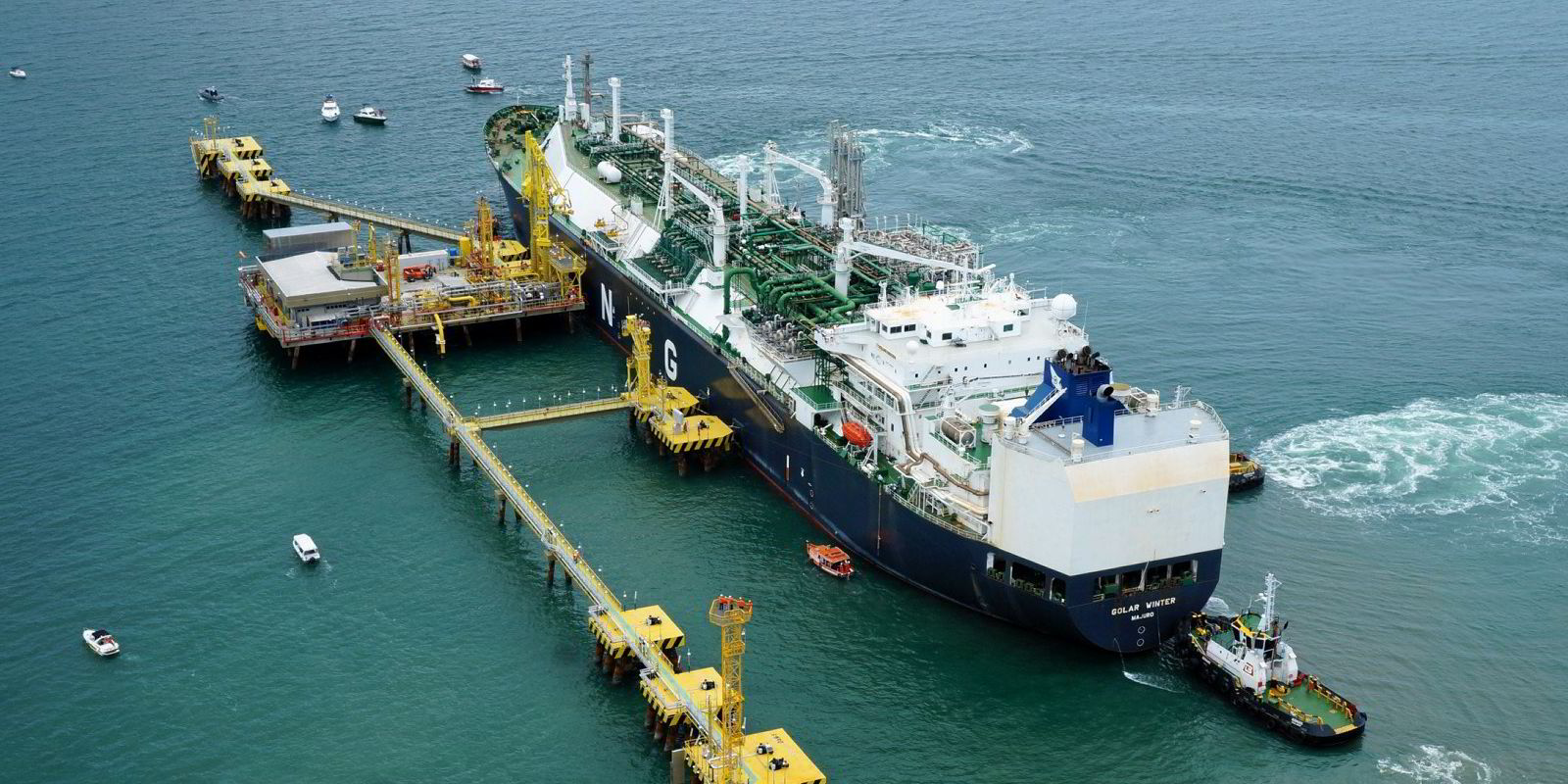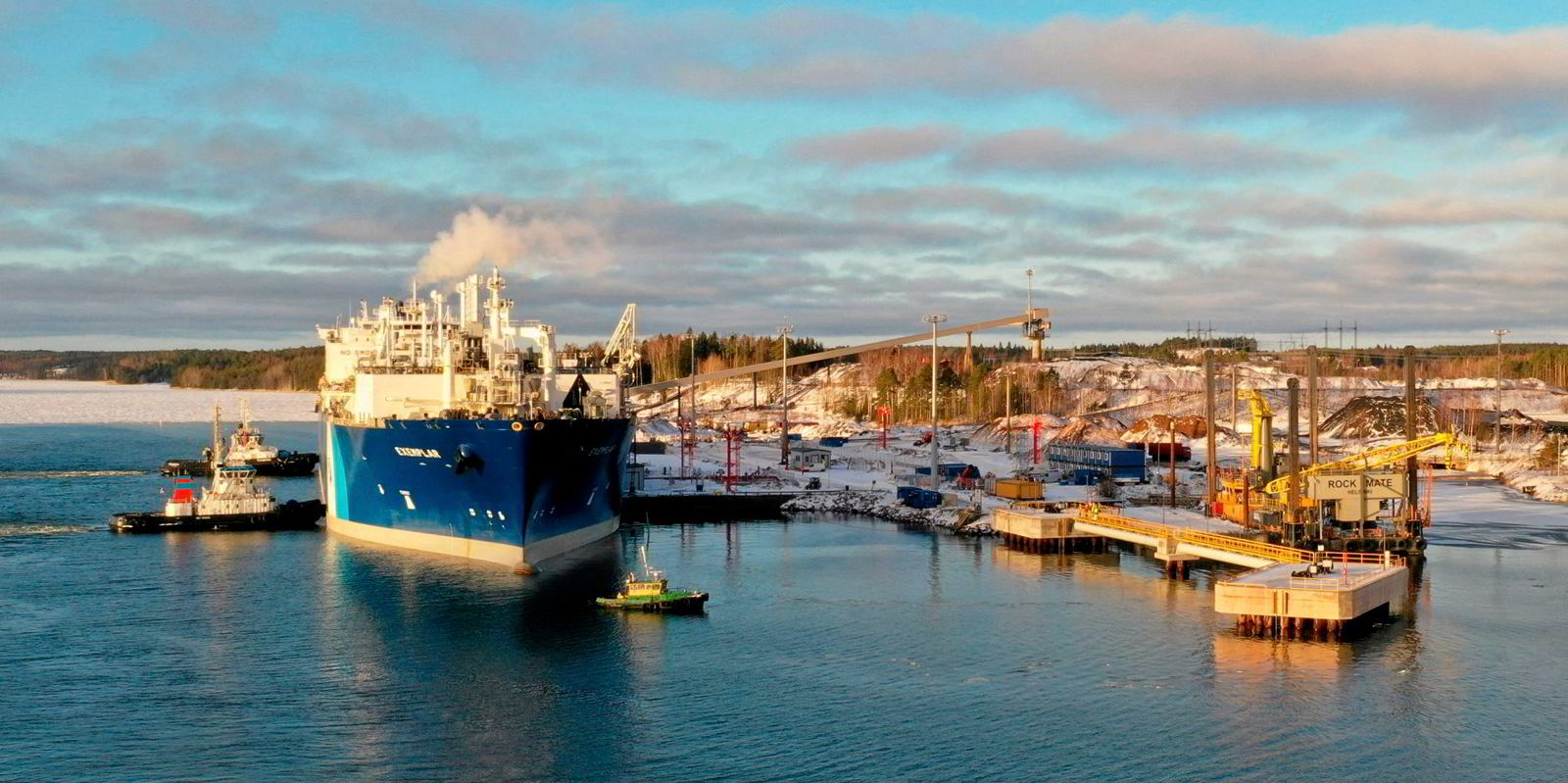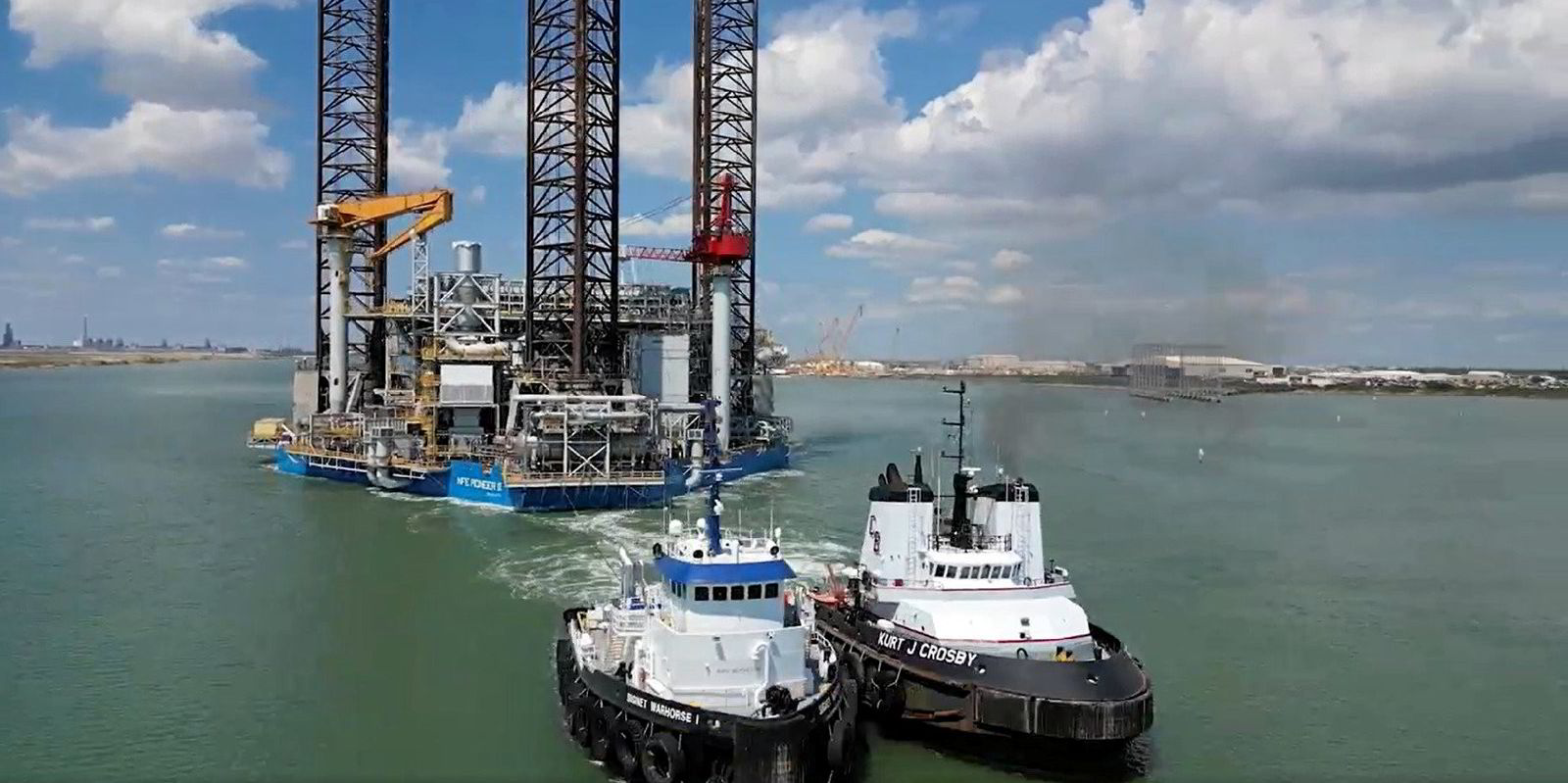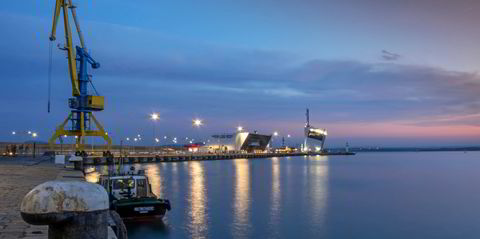US-listed New Fortress Energy is chartering in a floating storage and regasification unit it controls through its shipping arm as a relet from energy giant Petrobras as it prepares to fire up two heavily delayed import terminals in Brazil.
New Fortress said on Monday that it has signed a charter deal with Petrobras on the 138,000-cbm Energos Winter (ex-Golar Winter, built 2004).
The charter starts in December 2023.
New Fortress said the FSRU will be “immediately deployed” to its “newest LNG import terminal” in Santa Catarina, Terminal Gas Sul.
The company said the facility will “start commercial operations ahead of schedule in January 2024”.
It had previously said the terminal would be in operation by the end of 2021.
New Fortress detailed that Energos Winter — one of Brazil’s first two FSRUs that was originally deployed in the country in 2009 — is being sub-chartered from Petrobras through the remaining term of its hire with the Brazilian company.
At the end of this period, New Fortress will then take the vessel on direct charter from Energos Infrastructure, which is owned 80% by funds managed by Apollo and 20% by New Fortress, on a long-term basis, the US company said without giving details of the hire period planned.
New Fortress said in an October briefing that it plans to bring two FSRU-based terminals onstream in Brazil shortly.
The company said it planned to start up the 5.9-million tonne per annum capacity Barcarena terminal in Brazil, which is backed by a 630-MW power plant, in December. This project was originally due online in early 2022. It has said previously that it plans to use the 160,000-cbm LNG carrier Energos Celsius (built 2013) for this job, which is under conversion into an FSRU in Singapore.
In October, New Fortress said the Santa Catarina is due to kick off commercial operations in the first quarter of 2024.
New Fortress managing director Andrew Dete said: “The [Terminal Gas Sul] is a unique, high-growth opportunity for [New Fortress Energy], as the connection to the pipeline system in south Brazil offers a diverse and near-term set of opportunities across power and gas supply.”






